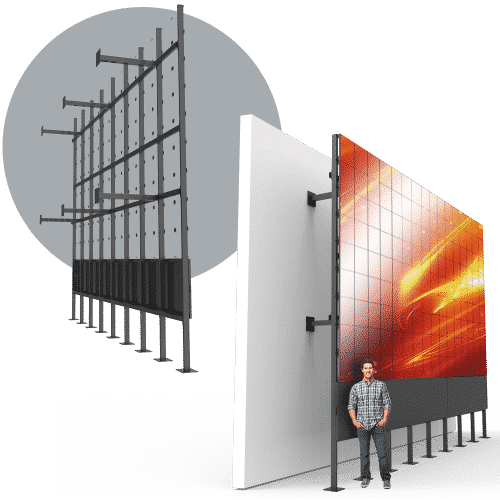Shedding Light on this Future: Investigating the Advantages and Drawbacks of LED Panel Panels in contrast to Traditional Illumination Options
Light-emitting diode wall panels have become increasingly popular in both residential and commercial environments, offering an option to conventional illumination methods. These screens are thin, slim devices that utilize LEDs technology (LEDs) to generate light. They provide a modern aesthetic and can be used in various settings, such as offices, educational facilities, and residences. While LED wall panels have many benefits, it is essential to compare them with traditional lighting options, such as incandescent bulbs and fluorescent lights, to understand their advantages and disadvantages.
One of the most notable benefits of LED wall panels is their energy efficiency. LEDs use considerably less power than conventional illumination options, which can lead to decreased power costs. For instance, an LED panel can use up to 75% less energy than an incandescent bulb while offering the equivalent amount of illumination. This power effectiveness not only saves money for consumers but also reduces the overall carbon footprint, making it an environmentally sustainable option. With increasing worries about climate change, many individuals are seeking for methods to reduce their energy consumption, and LED wall screens can be a beneficial option.
Another benefit of LED wall panels is their long durability. Conventional illumination options often require frequent replacement due to burned lamps. In comparison, LED panels can last up to 25 times than traditional lamps, and much longer when compared to fluorescent lamps. This endurance means that users spend less time and money on upkeep and renewals. Additionally, the minimized need for replacements contributes to fewer environmental impact, further benefiting the eco-system. This durability makes LED wall screens a much practical option for both residential and commercial owners.

Despite their many benefits, LED wall panels do have some drawbacks. led video wall for presentations One concern is the initial cost of buying and installing these panels. While prices have decreased over time, LED panels can still be more expensive upfront than traditional lighting options. However, it is important to consider the extended cost reductions on power costs and renewal expenses when assessing the overall worth of LED illumination. Some users may also be discouraged by the intensity of LED lamps, as they can be harsher than the soft light offered by traditional lamps. Choosing the appropriate intensity and hue tone can be essential for establishing a pleasant setting.
Another possible drawback of LED wall panels is their sensitivity to temperature and humidity. High temperatures can reduce the effectiveness of LEDs, and high moisture can lead to issues. This concern is particularly crucial in spaces of a building or structure where conditions can fluctuate, such as bathrooms or kitchens. It is essential to choose the right type of LED panel for specific environments to ensure optimal performance. Additionally, some individuals may feel that the illumination generated by LEDs can be not as pleasant than traditional lighting, leading to concerns about vision fatigue or unease in specific settings.
In conclusion, LED wall panels offer numerous advantages over traditional lighting options, including energy effectiveness, durability, and lowered upkeep costs. However, they also come with some drawbacks, such as higher upfront expenses and reaction to environmental conditions. As users go on to explore lighting options, it is evident that LED panel panels can provide a modern and eco-friendly option for a wide range of locations. By comprehending both the advantages and concerns of these screens, individuals and companies can make wise choices that best website here suit their illumination requirements.